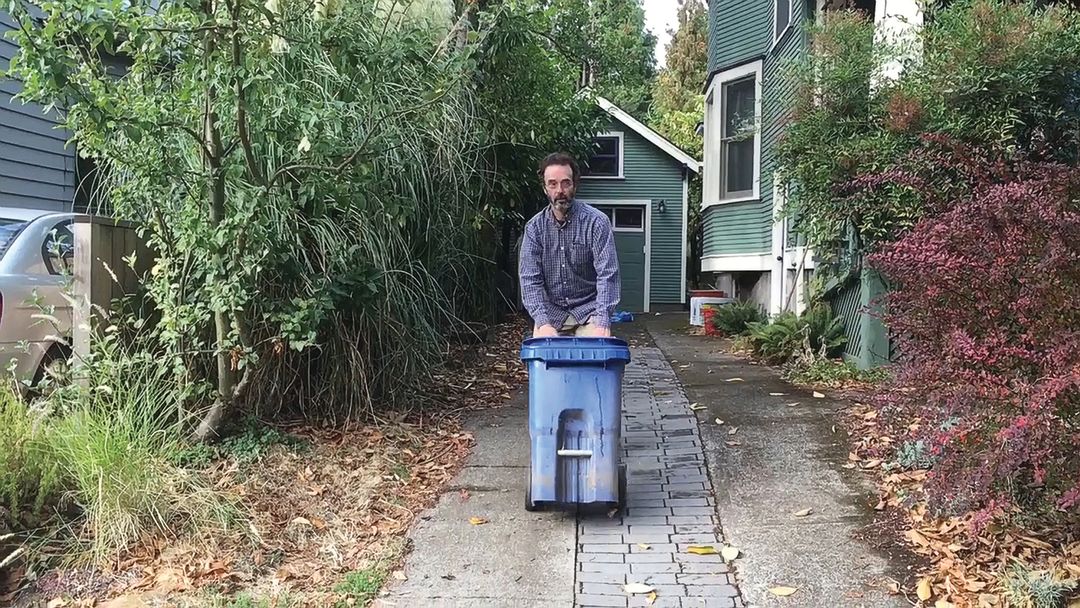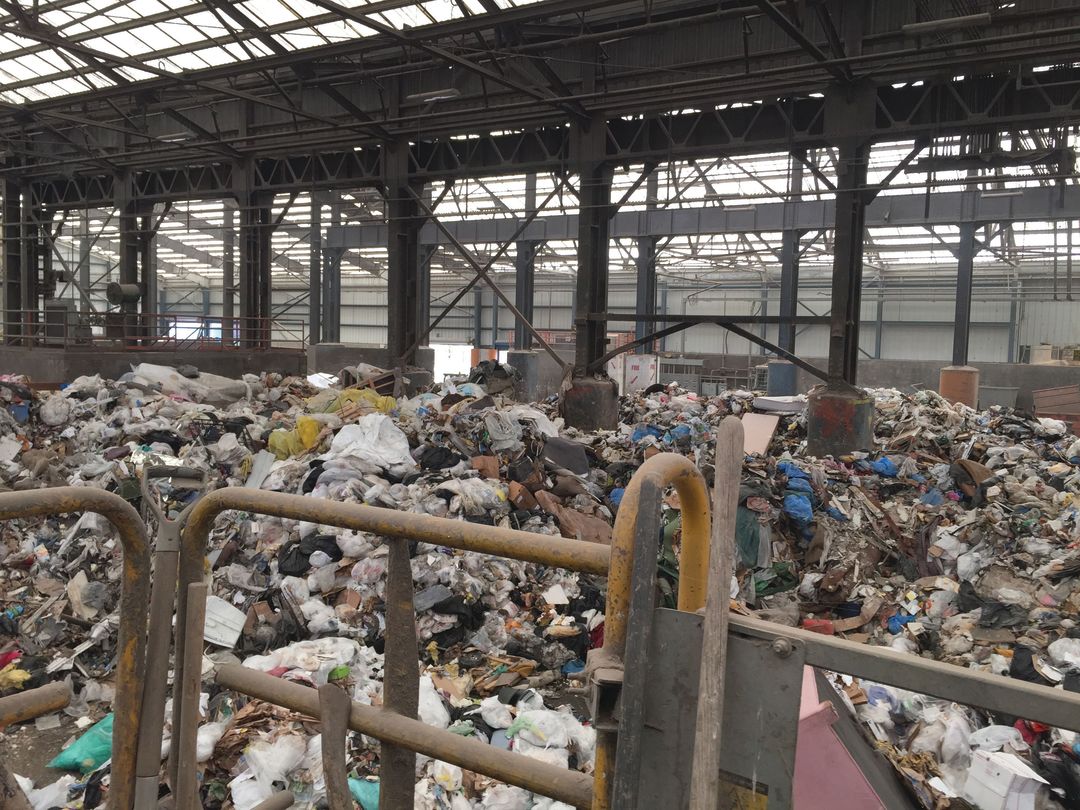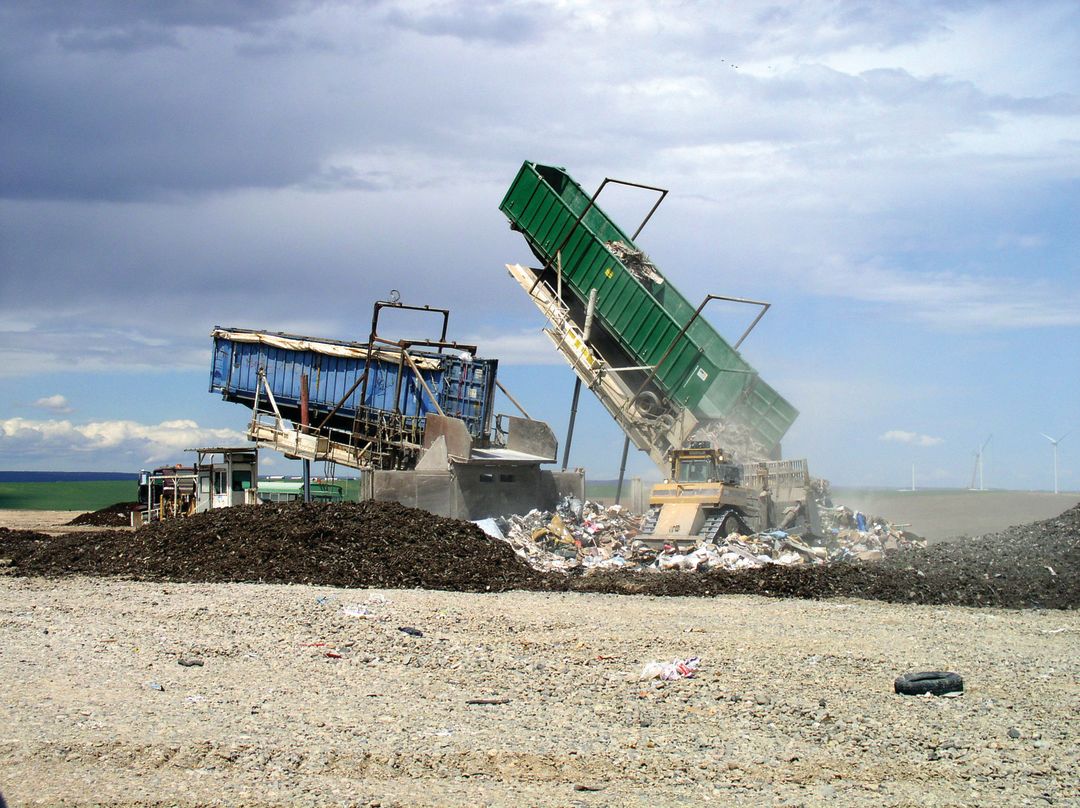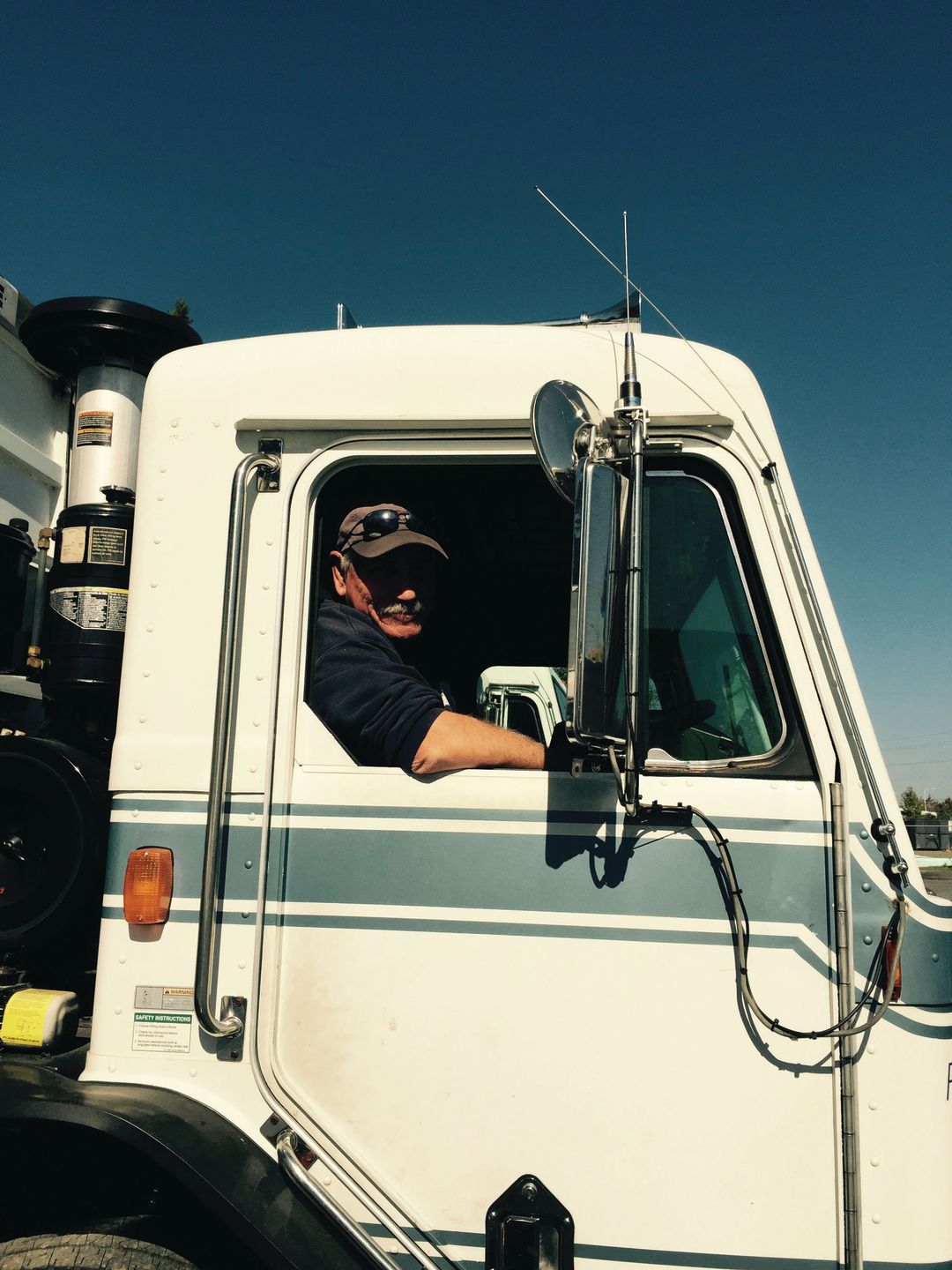Where Does Your Garbage Go? The Journey of Trash
Where does your garbage go? The journey of trash
Story by Metro
Everyone knows the sounds of trash night. Roll-cart wheels rumble and dumpster lids slam as neighbors haul their garbage and recycling out for pick-up.
This ritual has a kind of mundane magic: Set out rotting shrimp, cat litter, empty gin bottles and unopened phonebooks, and soon growling trucks with robotic claws tip them into their bellies and take it all away.

In 2013, in 25 cities across Clackamas, Multnomah and Washington counties, more than 64 percent of what businesses and residents threw away was recycled, composted or converted to energy. What was left over was garbage.

That much garbage would fill 2,500 Olympic-size swimming pools.
All that trash has to go somewhere. But what happens to garbage is largely invisible once you’ve closed the lid of your trash bin. Here’s a look at the journey of trash.
From the garbage truck to the transfer station
The grinding compactors and piercing backup alarms of garbage trucks are part of our daily soundscapes.

Mark Hillison of Walker Garbage Services is the sole operator of an automated side-loading truck. He’s out on his Cedar Mill and Forest Heights route in Northwest Portland at 6 a.m. sharp picking up household trash.
Not much surprises him. “I’ve been doing this for 25 years. I’ve seen everything.”
Drivers like Hillison take their 5-ton loads to one of several transfer stations in the region. Metro operates two of them, and there are four privately run transfer stations, too. At a transfer station, garbage is transferred from local trucks to long-haul trucks, which take garbage to its final destination.
“The garbage must go – we’re kind of like the postal service in that way,” says Penny Erickson, a solid waste planner at Metro.
Erickson has worked with trash in one way or another for 29 years, and she loves her job. “It’s a mixture of operations, customer service, safety, environmental compliance and politics – all influenced by market forces,” she says.
But a transfer station is more than just a stopover for garbage. Metro’s Central Transfer Station in Northwest Portland is loud, bustling – and smelly at times. Haulers bring garbage, food scraps and yard debris from homes and businesses. Contractors bring construction waste. And residential customers bring what they can’t get rid of through their home collection service.
Some garbage gets a second life, the rest gets buried
That “self-haul" and construction waste goes onto a sort line where pickers pull out cardboard, metals, plastics and other recyclables.

From the sort line, trash tumbles onto a garbage mountain where a wheel loader grinds back and forth. “He’s mixing stuff into a consistent density before sending it up the chute into the compactor,” explains Erickson.
From the compactor, trash is fed – 34 tons at a time – into the containers of long-haul trucks. Every week, about 300 trucks set off from Metro’s Central and South transfer stations.
They go east for 150 miles to the Columbia Ridge Landfill near Arlington, in the dry sage brush plains.
Then they drive the 150 miles back, empty, to be filled again.
Learn more
Watch videos and learn more about where garbage goes.
Questions about what to toss or where to recycle? Ask Metro.
